
Review on 🔧 IWISS SN-28B Crimping Tool: Effortless AWG28-18 Dupont Pin Crimping Solution by Jean Donjuan

Using the IWISS Ratchet Tool
This tool works well but I'm deducting a star because inexplicably the manufacturer doesn't provide instructions on how to use it. No, it's unintuitive, at least for me or apparently for many other reviewers who broke many connectors when figuring out how it works. By the way, I am an experienced electrical engineer and master builder. I've only used this tool (so far) with 18 gauge and 22 gauge wire and Molex type 2062103 and 2061103 connectors. I hope the following instructions are helpful. 1) If you are right-handed, hold the instrument with your left hand. with the inscription visible and facing you, but in reverse. See first photo. 2) Place the connector in one of the three bottom slots depending on the wire size. #22 gauge works well in the center bottom slot. Gauge #18 works well in the innermost of the bottom slots. 3) The connector must be positioned with the "wings" down. See second photo. 4) The connector should be positioned so that its rear end is flush with the tool and the front end is facing away from the connector. See third photo. 5) Slightly close the tool until the ratchet clicks and the connector locks into place. For larger diameter wires (e.g. #18) you can insert the wire into the connector before inserting the connector into the tool. See fourth photo. 6) Using a separate wire stripper, strip approximately 3/16" to 1/4" of the wire and insert it into the connector. If you have a soft touch, you might just feel the wire stop's unstripped plastic as you insert it into the connector. Be careful not to insert the wire too far into the connector. 7) Squeeze the ratchet until it stops. It will open up after this step and your connector should be successfully crimped onto the wire. The larger, outer wings should be crimped to a fold over the insulated wire, while the inner, smaller wings should be crimped over the bare wire. a tiny blob of solder on a metal wire die. Not too much or the connector will not fit the connector housing.
- Comfortable to use
- old
New products
Comments (0)
Top products in 🔌 Electrical Tools & Hardware
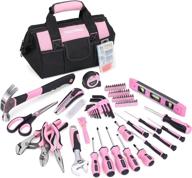
Complete 220-Piece Pink Tool Set For Women – Ideal For All Home Repairs And DIY Projects

41 Review
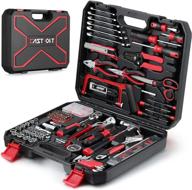
🔧 Eastvolt 218-Piece Household Tool Kit: Complete Auto Repair Set for Homeowners - Hammer, Pliers, Screwdrivers, Sockets, and Storage Case

34 Review
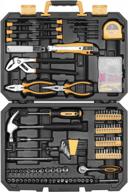
DEKO 196-Piece General Household Hand Tool Kit - Includes Rip Claw Hammer, Lineman'S Pliers, Measuring Tape, And Plastic Toolbox Storage Case

32 Review

Tubing Cutter 1/8 To 1-3/8 Inch For Pipe Copper PVC Thin Stainless Steel Tube With Extra Blade And Reamer

30 Review
Another interesting products
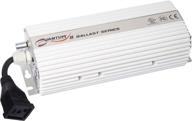
💡 Hydrofarm Quantum QT400 Dimmable Ballast for 400W Grow Lights

5 Review

⚡️ Sunpark LC-12014T (1) FC12T9 32W Circline (1) 2D 38W (1) FC16T9 40W Circline (1) FC9T9 30W Circline Lamp Compact Electronic Fluorescent Ballast with Circline Lamp Plug 120V

7 Review

💡 Electronic FL Ballast ICN-4P32-N (Formerly ICN-4P32-SC) for 3-4 F32T8 F40T8 F17T8 Lamps, 120V/277V Compatibility

5 Review
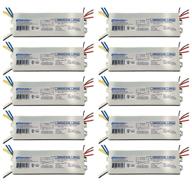
🔌 Robertson 2P20132 Quik-Pak: 10 Fluorescent eBallasts for 2 F40T12 Linear Lamps, Preheat Rapid Start, 120Vac, 50-60Hz, Normal Ballast Factor, NPF, Model RSW234T12120 /A (Crosses to RSW240T12120 /B)

4 Review

